Scientists have created a genetically modified cockroach using CRISPR technology
Cockroach genetic mutation? It sounds like the beginning of a horror movie. But the recent product of scientists from Kyoto University, Japan is considered an important step forward in the study of insect biodiversity.
For the first time, they have edited the cockroach gene using the CRISPR technique. These insects are inherently extremely difficult to edit genes, because they have special mechanisms to protect the unique genetic code of their species.
Editing the cockroach gene also means that scientists can “unlock” (unlocked) the genomes of 90% of other insect species. These studies will lead us to many practical applications, such as pest control, evolutionary biology research and countless other other areas.
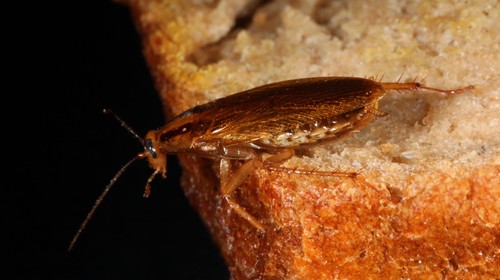
Cockroach: Immortal creature
Regardless of how you feel about them, cockroaches are a very special creature. They are known as the immortal gene. There are more than 4,600 species of cockroaches in the world. And their ancestors existed on Earth more than 300 million years ago.
They have survived numerous mass extinctions, including the Cretaceous–Paleogene extinction 66 million years ago that wiped out the dinosaurs. It is thought that even if humans become extinct because a nuclear war, cockroaches are probably still alive.
That’s because cockroaches can tolerate a radiation level 6-15 times that of humans. It also has a small, flattened body that allows it to burrow deep underground to evade radiation – a similar strategy that helped them survive the dinosaur meteor disaster.
In addition, cockroaches can not eat for 1 month and still be alive. Experiments show that cockroaches can even live in a vacuum for 45 minutes. Cockroach eggs can survive for 12 hours in conditions of -5 to -8 degrees Celsius.
When you cut off a cockroach’s head, its body still behaves like running away. Its head will continue to live and wag its whiskers for several hours, even longer if you give it nutrients.
A cockroach is still alive when it is decapitated
And what do you think can kill cockroaches? When this organism comes into contact with bacteria or pathogens, its body will release antibiotics to treat it. When you spray insecticide on them, the cockroaches also evolved to be resistant to insecticides.
All these transcendent abilities, after all, lie in the very genetic codes that cockroaches possess.
What secrets do their genomes hide?
In a study published in the journal Nature Communications, scientists said that despite being a tiny insect, cockroaches possess a huge genome of up to 20,000 unit codes.
Specifically, they have 21,336 protein-coding genes and reach an almost absolute ratio. 95% of these genetic codes actually make proteins, more than we humans do. And these proteins are what cockroaches use to resist drugs and chemicals that kill them.
Genes are also the source that allows cockroaches to adapt and live in harsh environments. For example, cockroaches have more than 1,000 genes that encode chemical receptors that help them navigate their environment.
In it, there are 154 olfactory receptors — twice as many as other fearsome animals — that allow them to pinpoint exactly where in the house you’ve dropped the pieces of cake you’ve dropped.
It also has 522 excitatory receptors, with many able to detect bitterness, which helps cockroaches tolerate food even poisonous foods.
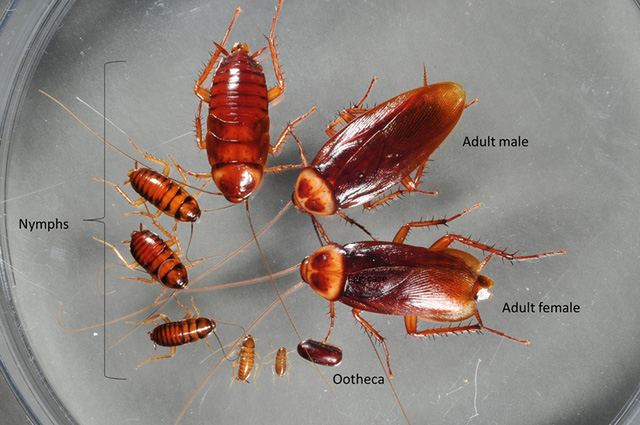
To protect their immortal genes from being passed on to the next generation, cockroaches have a strategy of carefully shielding their eggs. The females usually lay their eggs in a hard sac known as the oothecae.
The female cockroach will carry this sack at the end of her abdomen, until the eggs hatch. Oothecae is so durable that it can protect cockroach eggs through floods or droughts.
But accidentally, it is also a bottleneck that makes it difficult for scientists to want to interfere with this insect’s genes.
“Because cockroaches have a unique reproductive system, injecting material into an embryo at a very early stage is not possible” and thus “genetic manipulation of cockroaches (i.e. gene transfer or gene editing)” So far it has not been possible“, said researchers at Kyoto University.
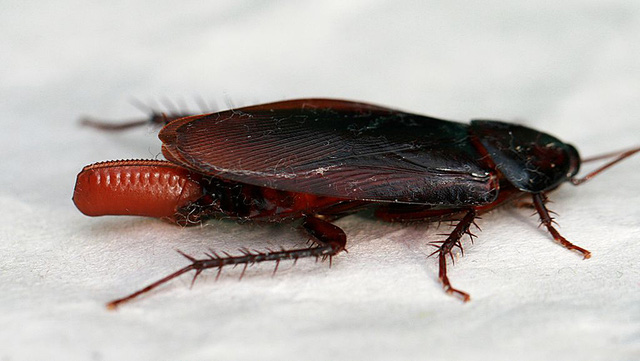
Cockroaches lay eggs and protect them in hard sacs called oothecae.
Generating genetically modified cockroaches using CRISPR
CRISPR-Cas9, commonly known simply as CRISPR, is a gene-editing technique that works by: Using the Cas9 protein to cut an organism’s genome at a certain location. Then, paste the new gene fragments in place with CRISPR (clustered regularly interspaced short palindromic repeats).
Technology “copy/paste” This gene has revolutionized genetics. Because it allows humans to edit the genes of many organisms with extreme precision.
The tool also helps to understand the role of certain genes, and to apply those gene editing to the treatment of many genetic diseases. Emmanuelle Charpentier and Jennifer A. Doudna, the two inventors of the CRISPR tool were awarded. Nobel Prize in Chemistry 2020.
Since its invention, CRISPR has been used to edit genes for many species of organisms, from bacteria, plants, animals and even humans. However, the technique is still limited to certain insects whose embryonic mechanisms – like cockroaches – make it impossible for scientists to inject the CRISPR material into them.
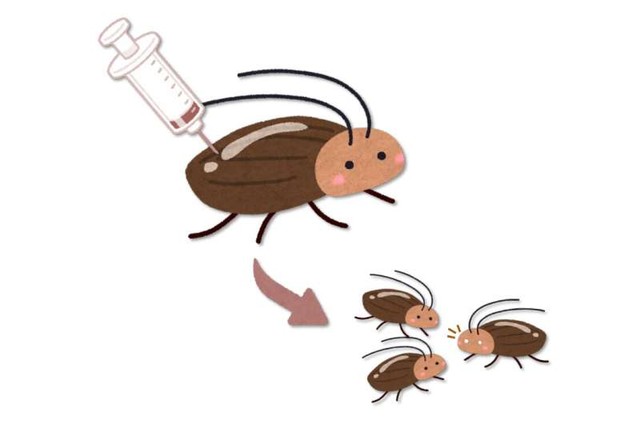
Now, a research team led by Yu Shirai, a scientist at Kyoto University, has overcome this limitation by injecting the genetic material ribonucleoprotein Cas9 (RNPs) directly into the body cavity of adult female cockroaches. Fort.
Shirai calls this approach CRISPR “directly on the parent generation” (DIPA-CRISPR). It will make genetic changes right from the egg that the female produces, not the embryo stage after fertilization.
In one test, Shirai and her team used the DIPA-CRISPR technique to successfully change the eye color of 21.8% of cockroaches born to a genetically edited female cockroach.
This change continues to be inherited into the F2 generation, which is the offspring of cockroaches that hatch from eggs with the new eye color. And because cockroaches are a species with the most difficult gene editing, the success of this study also means that DIPA-CRISPR can be applied to other insects.
“From now on, we can edit the genomes of insects freely and at will. In principle, this method should work for more than 90% of insect species“, said Takaaki Daimon, a study co-author from Kyoto University.
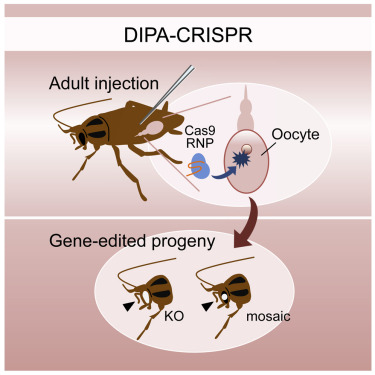

The mutant cockroaches were generated using the DIPA-CRISPR method.
Now that we have the gene editing tool for cockroaches, the question is, what are we going to use it for? Obviously, no one wants to turn the already immortal cockroaches into an even more immortal version.
So the approach to this research would probably be in the direction of destroying or manipulating their genomes.
Previously, scientists have create genetically modified mosquitoes to become infertile. Therefore, when releasing them into the wild will help reduce the breeding of mosquito populations.
A similar approach can now also be taken with cockroaches. When last year a group of Chinese scientists also created Male cockroaches are indifferent to reproduction.
In addition, insects themselves are also a laboratory animal of us humans. Identifying the genes and gene functions of insects also gives us new insights.
“With more than a million described species, insects represent a diverse genomic treasure trove, representing a limitless arsenal of research tools to answer fundamental questions in biology.” said the researchers.
Their work has been published on journal Cell Reports Methods.
Refer Vice, Smithsonianmag, Phys
at Blogtuan.info – Source: genk.vn – Read the original article here


